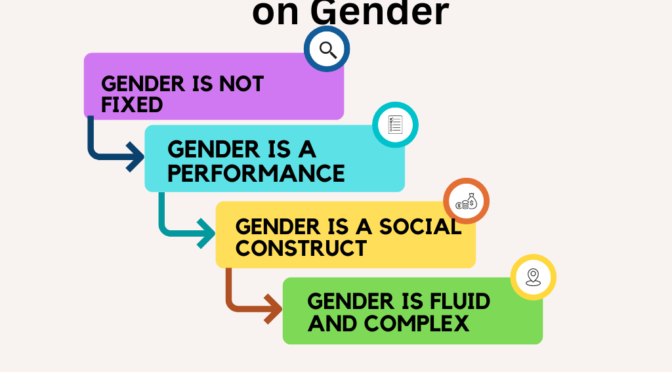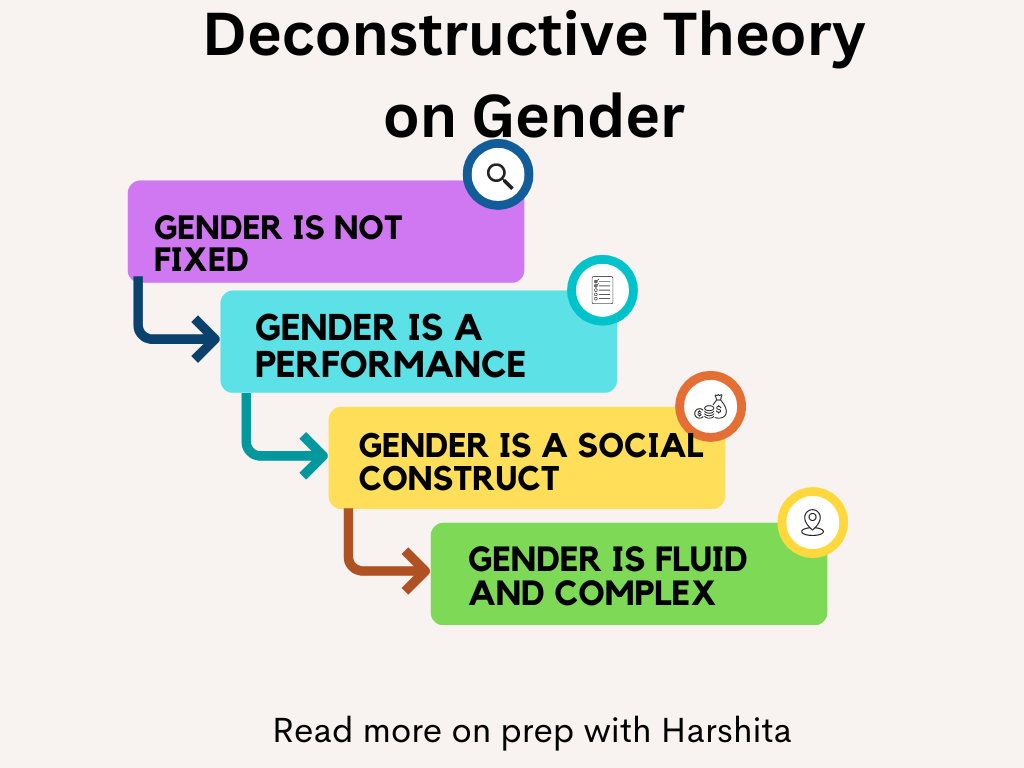Equity and equality in relation with caste and Class are important concepts, particularly in relation to promoting social justice and reducing inequality.
Equality :
Equality refers to the idea that all individuals should be treated equally, regardless of their caste or class. This means that people should have equal access to resources, opportunities, and basic human rights, without discrimination or bias.
Equality :
Equity, on the other hand, refers to the idea that people should be given resources and opportunities based on their individual needs and circumstances.
In the context of caste and class:
This means that individuals from historically disadvantaged castes or classes should receive additional support and resources to ensure that they have the same opportunities and outcomes as individuals from dominant or privileged castes or classes.
For example, providing equal access to education for individuals of all castes and classes is an example of equality, as it ensures that all individuals have the same access to education. However, providing additional resources and support, such as scholarships or mentorship programs, to individuals from historically disadvantaged castes or classes is an example of equity, as it provides them with the additional support they may need to overcome barriers and achieve equal outcomes.
It is important to recognize that both equality and equity are necessary to promote social justice and reduce inequality in the context of caste and class. While equality ensures that all individuals are treated equally, regardless of their caste or class, equity ensures that historically disadvantaged groups are given the additional support and resources they need to overcome systemic barriers and achieve equal outcomes.
In the context of Religion Ethnicity :
In the context of religion and ethnicity, this means that individuals from marginalized or historically disadvantaged groups should receive additional support and resources to ensure that they have the same opportunities and outcomes as individuals from dominant or privileged groups.
For example, providing equal access to education for individuals of all religions or ethnicities is an example of equality, as it ensures that all individuals have the same access to education. However, providing additional resources and support, such as scholarships or mentorship programs, to individuals from historically disadvantaged religions or ethnicities is an example of equity, as it provides them with the additional support they may need to overcome barriers and achieve equal outcomes.
In the context of Disability and Religion :
In the context of disability, this means that individuals with disabilities should receive additional resources and accommodations to ensure that they have the same opportunities and outcomes as individuals without disabilities.
For example, providing a ramp to a building is an example of equality, as it provides the same access to individuals with disabilities as it does to individuals without disabilities. However, providing a sign language interpreter in addition to the ramp is an example of equity, as it provides additional support to individuals with disabilities who may require it to have the same opportunities as individuals without disabilities.
It is important to recognize that equity and equality are not mutually exclusive, and both are necessary to promote equal opportunities for individuals with disabilities. While equality ensures that individuals with disabilities have the same access as individuals without disabilities, equity ensures that individuals with disabilities have the additional resources and accommodations they need to overcome barriers and achieve equal outcomes.
Also Read : Gender and Patriarchy

Also Visit : Prep with Harshita



